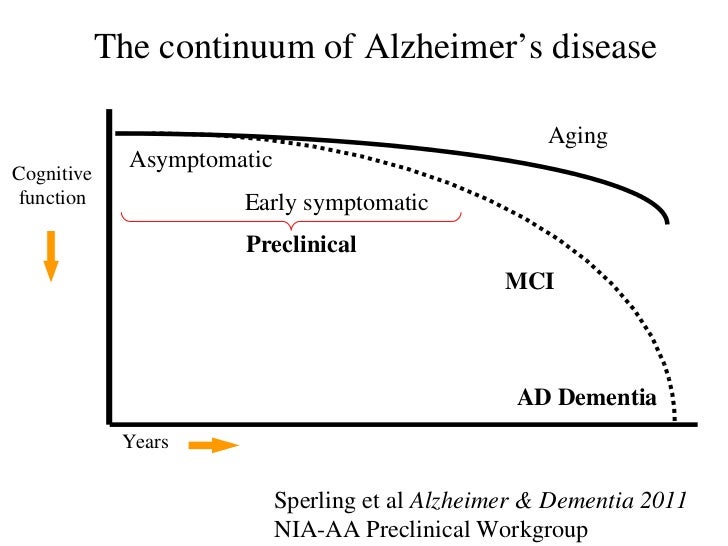Sperling uses a picture of an iceberg to explain the pervasiveness of AD dementia — by the time it has been diagnosed in a patient, their brain had been affected for 10-20 years already. Hence, the diagnosis is "just the tip of the iceberg."

Sperling appeals specifically to the audience's experiences from that day at the TEDMED conference by referencing previous talks from other speakers and explaining how her ideas build upon previous statistics presented about Alzheimer's. She then offers a series of slides to substantiate her claims on the positives of early dementia diagnosis.
 |
| One of a multitude of slides pertaining to AD dementia prevention. |
What sets her apart from some of the other speakers at TEDMED 2012 is that she appears to have a lot of experience speaking in front of large groups. She knows that her audience is a healthcare-oriented crowd, and uses that to her advantage. They expected her to build upon the previous talks headed by renowned biologists such as E. O. Wilson, and she did just that. Sperling utilized tools to engage the audience, effectively keeping the talk from turning into a boring lecture.
 |
| Reisa Sperling exudes confidence, employing effective hand gestures to communicate her points effectively. |
 |
| Slide used by Sperling to help show the audience how everyday individuals can develop Alzheimer's. |
Thanks for your post. I’ve been thinking about writing a very comparable post over the last couple of weeks, I’ll probably keep it short and sweet and link to this instead if thats cool. Thanks.
ReplyDeletealzheimers doctor